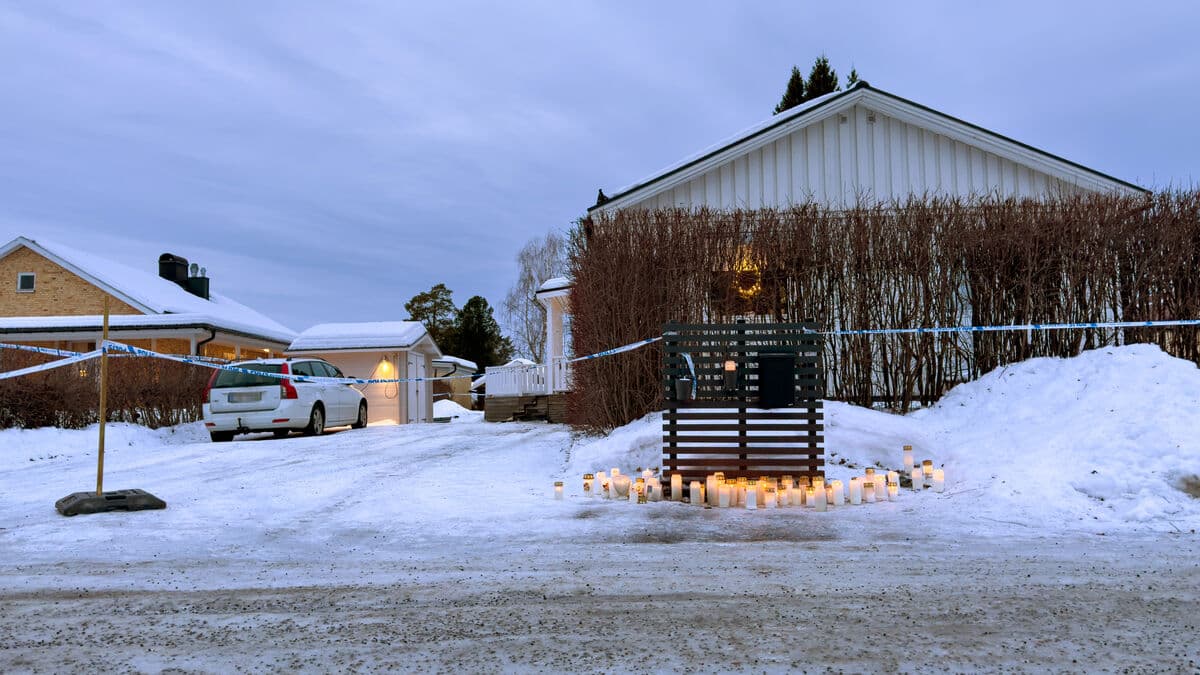Sweden is in a reading crisis, I think most people have realized. We risk getting a whole generation of functional illiterates if we don't do anything, says Minister of Education Lotta Edholm (L) at the government's press conference.
The selection presented consists of literature from the 19th century to the present day. The 250 works of fiction are divided from preschool to high school, and include, among other things, "Omständigheter" by Nobel laureate Annie Ernaux, the graphic novel "Persepolis" by Marjane Satrapi, Ann-Helén Laestadius' "Stöld", and classics such as Astrid Lindgren's "Bröderna Lejonhjärta" and Harry Martinson's "'Nässlorna blomma".
The reading lists are another piece of the puzzle to upgrade children's books and the role of reading in Swedish schools, says Lotta Edholm.
Mixed Reactions
The lists are voluntary to use, and there are also information texts that will facilitate teaching.
The lists are just lists, what makes a difference is what happens with reading in schools and preschools, says Tammi Gustafsson Nadel, education consultant at the Swedish National Agency for Education.
She says that the reactions from teachers have been mixed. Some see the lists as support, while others are more cautious since the tips come from the state.
We're doing everything we can to emphasize that the lists are voluntary to use and that they will be revised. Since they come at the same time as the canon assignment, I understand that there is confusion. But the reading lists are much broader in their scope.
Larger Effort Required
Lotta Edholm emphasizes that the reading lists are part of a larger effort to promote reading, and that the entire way of teaching children to read needs to be developed. Teacher training and curricula need to be changed, she emphasizes. But she believes that the lists can help those with different reading needs, since there is great variation in the books.
I hope that the reading lists stimulate a discussion about such things. How do you choose books for students who have it a bit tough and for those, sometimes girls, who read very fast and very well and want challenges all the time.
The General Director of the Swedish Arts Council, Kajsa Ravin, hopes that the lists can lead to discussions about the role of literature even among reading role models.
Children's and young people's reading is a responsibility for the entire society, she says.
The government assigned the Swedish National Agency for Education and the Swedish Arts Council to develop reading lists with Swedish and international fiction works intended to support preschool teachers and teachers in their teaching.
A separate reference group consisting of experts with literary and pedagogical expertise has been involved in the work with the lists. Proposals have also been collected from qualified preschool teachers and teachers in Swedish as a second language through a survey, as well as from, among others, school librarians.
The reading lists contain both Swedish and foreign literature, in several different genres.
In total, 250 works are included in the reading lists – here are some of them.
Preschool:
"Bäbis dansar" by Ann Forslind
"Knacka på" by Anna-Clara Tidholm
"Säjer hunden" by Pija Lindenbaum
"Sagan om den lilla, lilla gumman" by Elsa Beskow
"Molnbullar" by Baek Heena
Elementary School:
"Historien om Bodri" by Hédi Fried and Stina Wirsén
"Mitt bottenliv. Av en ensam axolotl" by Linda Bondestam
"Jordgubbsbarnen" by Sara Olausson
"Rymlingarna" by Ulf Stark and Kitty Crowther
"Halsen rapar, hjärtat slår – rim för 0–100 år" by Emma and Lisen Adbåge
Middle School:
"Comedy queen" by Jenny Jägerfeld
"Falafelflickorna" by Christina Wahldén
"Jefferson" by Jean-Claude Mourlevat
"Matilda" by Roald Dahl
"Nattkorpen" by Johan Rundberg
High School:
"Agnes Cecilia - en sällsam historia" by Maria Gripe
"Brun flicka drömmer" by Jacqueline Woodson
"Himlabrand" by Moa Backe Åstot
"Lila hibiskus" by Chimamanda Ngozi Adichie
"Trollkarlen från övärlden" by Ursula K Le Guin





